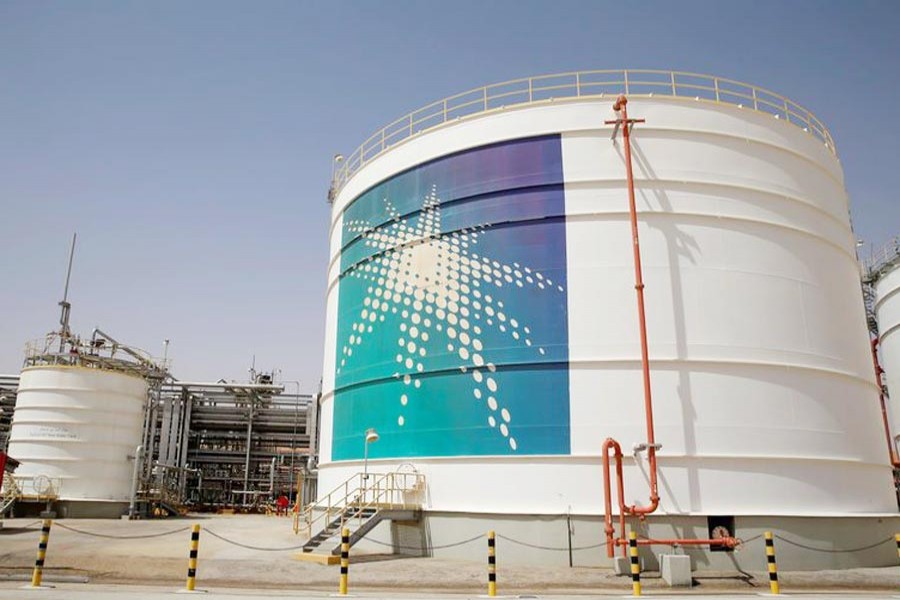Top oil exporter Saudi Arabia is expected to cut February prices for heavier crude grades sold to Asia due to weaker fuel oil margins, respondents to a Reuters survey said on Thursday, reports Reuters.
Weak refining margins and an expected drop in Asia's crude demand during second-quarter refinery maintenance were also factors that may prompt Saudi Arabia to cut prices in February, the respondents said.
The official selling prices (OSPs) for Arab Medium and Arab Heavy crude grades are expected to fall by up to 50 cents a barrel in February from the previous month, according to the four refiners participating in the survey.
"Arab Heavy was too expensive in the past few months," said one of the respondents who expected a price cut of 50 cents.
Typical margins at a complex refinery in Singapore DUB-SIN-REF averaged about $2.84 a barrel in December, the lowest since August 2013, data on Refinitiv Eikon showed.
A 15-cent drop in the price spread between the first and third month DME Oman crude futures may also prompt Saudi Arabia to lower OSPs, the respondents said. DME Oman accounts for half of the underlying Saudi OSP benchmark for Asia.
For light grades, two of the respondents expect the February OSP for flagship Arab Light crude to drop by 20-30 cents to keep Saudi oil competitive against rising US shale oil supplies.
The same respondents also expect a 20-50 cent cut for the February Arab Extra Light OSP.
The United States (US) has surpassed Russia and Saudi Arabia as the world's biggest oil producer, with overall crude production hitting an all-time high of 11.537 million barrels per day in October.
Still, Asia's demand for Saudi crude was set to rise last year as new refineries starting up in the first half of 2019 have committed to buying long-term Saudi oil. Saudi crude OSPs are usually released around the fifth of each month, and set the trend for Iranian, Kuwaiti and Iraqi prices, affecting more than 12 million barrels per day (bpd) of crude bound for Asia.
Meanwhile, oil prices fell by 1.0 to 2.0 per cent on Thursday amid volatile currency and stock markets, and on concerns that an economic slowdown in 2019 will cut into fuel demand just as crude supplies are surging.
US West Texas Intermediate (WTI) crude oil futures dropped by 1.8 per cent, or 82 cents, from their last settlement to $45.72 by 0739 GMT. International Brent crude futures were down 1.0 per cent, or 53 cents, at $54.38 a barrel.
China's Shanghai crude oil futures, launched only in March 2018, have since late last year established a slight but steady price premium over the Brent benchmark, last trading at 379.8 yuan ($55.24) per barrel.
In physical oil markets, top exporter Saudi Arabia is expected to cut February prices for heavier crude grades sold to Asia by up to 50 cents a barrel due to weaker fuel oil margins, respondents to a Reuters survey said on Thursday.


